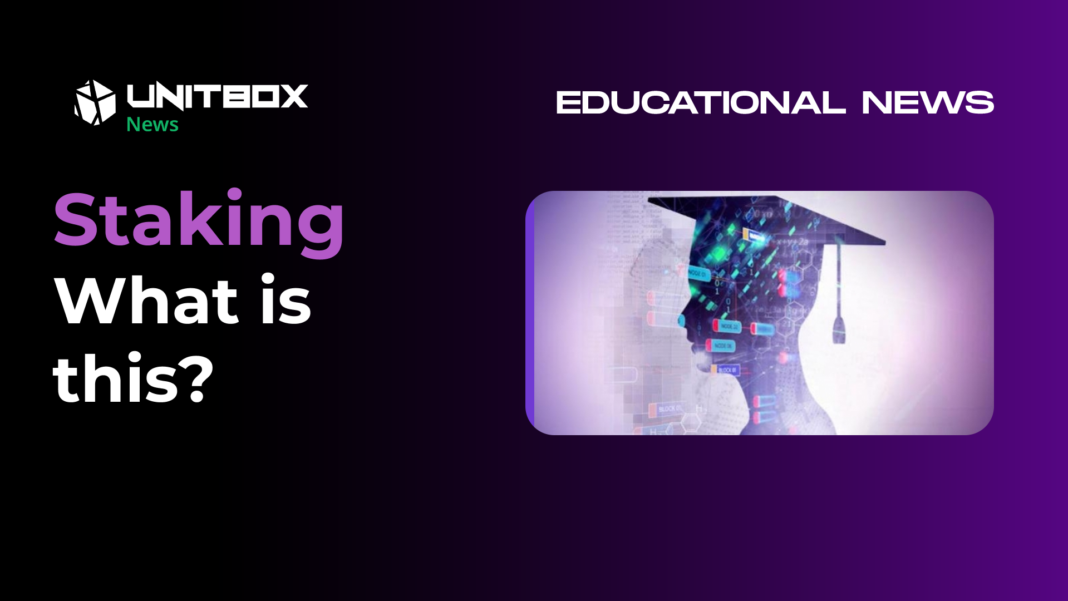Contents
Generally, staking is a popular way to earn passive income with your crypto investments. Staking offers holders of cryptocurrencies a way of putting their digital assets to work and earning passive income without needing to sell them.
Staking, therefore, is like putting money in a high-yield savings account allowing you to earn interest. In this regard, digital assets can be staked by locking up your coins to participate in running the blockchain and maintaining its security. In exchange, you earn rewards calculated in percentage yields.
In GameFi, staking is often carried out in the metaverse, in gaming projects that hand players the change to create value. Play-to-Earn (P2E) projects are especially useful for players as they can earn NFTs, which they can stake to bolster their earnings.
While staking is broadly staking is carried out using cryptocurrencies, such as Ethereum (ETH), Solana (SOL), Cardano (ADA), Polkadot (DOT), and Avalanche (AVAX), NFTs can also be staked to earn money.
NFT Staking
In the GameFi industry, NFT staking refers to the keeping of an NFT digital asset on a blockchain and hoping that its value rises over time. Staking is only possible through the proof-of-stake consensus mechanism that is specifically used by certain blockchains, including Binance.
In the new era of gaming, if you earned an NFT from a crypto game, your ownership is logged on the blockchain that hosts it. By holding on to the NFT and not selling it (staking), you can hope that it becomes more valuable than when you first got it.
The decentralized finance (DeFi) protocol then rewards you for keeping your proof of stake on its platform; this highlights the difference between staking and NFT trading.
To get started with NFT staking, you just need to download a crypto wallet like MetaMask, and then you could pick up those NFTs from crypto games that allow you to earn digital assets through gameplay. However, remember that not every NFT can be staked; you need to check the DeFi protocol first.
Why Staking in GameFi Matters
In the GameFi sector, staking is the foundation of the economy of any given game and unlocks a world of transactions. Staking can be leveraged to emulate systems of currency we see in the traditional finance sector.
Staking is important because it creates a platform upon which value is circulated throughout individual economic environments of GameFi projects. It encourages circulation and liquidity by rewarding stakers with more tokens. The incentives for players to stake more tokens for longer periods allow games to organically grow a thriving economy with extra benefits for its committed and active players.
Staking to Improve Gameplay
When you stake, waiting is the name of the game and the result is more tokens. Therefore, in-built mechanisms designed to encourage players to delay rewards in exchange for higher payouts allow more of the blockchain to be verified. It also works to ensure players remain involved in the game.
According to the player’s view of how to boost their profile, the rewards advanced by GameFi projects are versatile. They range from statistical improvements on an NFT to the opportunity to obtain more of the in-game currency for other upgrades, and to the ability to purchase more NFTs.
Staking takes several forms and offers a broad variety of ways for players to enhance their gaming experience and bolster their chances of in-game success. As a result, the players with more tokens can reinvest in the game and thus creating a snowball effect of success and value creation.
An Economy Dependent on Staking
A dynamic gaming economy thrives on a staking model, which leaves players with myriad choices to make – whether to optimize their financial gains or their ability for in-game success. This can then improve their chances of increasing returns as they develop and hone their NFTs.
Digital assets are closely associated with staking as players are faced with a choice between staking (and taking their tokens out of circulation in pursuit of profit) or investing in their NFTs.
The choice here is linked closely to a player’s experience with gaming and their core objectives in taking part in a GameFi project. For example, a player can gain more through playing the game or they can profit from staking.
Where can you try NFT Staking?
NFT staking is synonymous with Play-To-Earn (P2E) games like Axie Infinity, Decentraland, and The Sandbox. In this case, P2E crypto games allow you to get rewarded with NFTs, which can then be traded for real-world value in the in-game marketplaces, or used for staking.
Takeaways
Staking has come about due to the surge in Play-and-earn games. Therefore, players in crypto games can earn NFTs and then stake those NFTs, which see you get rewards for just keeping your digital assets on a particular blockchain.
? Choose and check play-to-earn Games and Yield Guilds: HUB.UNITBOX.IO — the largest GameFi and NFT aggregator!

